I've been an outdoor guide for 7 years. These are the 9 mistakes I repeatedly see first-timers make in US national parks.
Nicole Jordan

- I'm an adventure guide who works in Yosemite, Sequoia, Kings Canyon, Denali, Zion, and Bryce Canyon.
- Many first-time visitors make the same mistakes, like not bringing bear canisters or Ursacks.
People forget to research entry requirements before showing up at the parks.
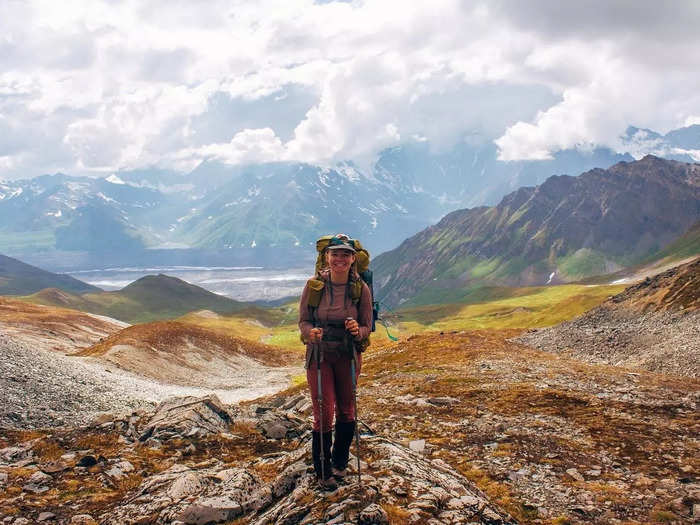
It's essential to do proper research before you visit a national park. Some parks require online reservations just to get inside, and certain entrances are only accessible during the summer.
Each national park's website lists the most up-to-date information on its home page, giving you the details you need for a smooth visit.
Rather than paying individual park-entry fees, those with plans to visit multiple parks each year should consider buying an annual pass.
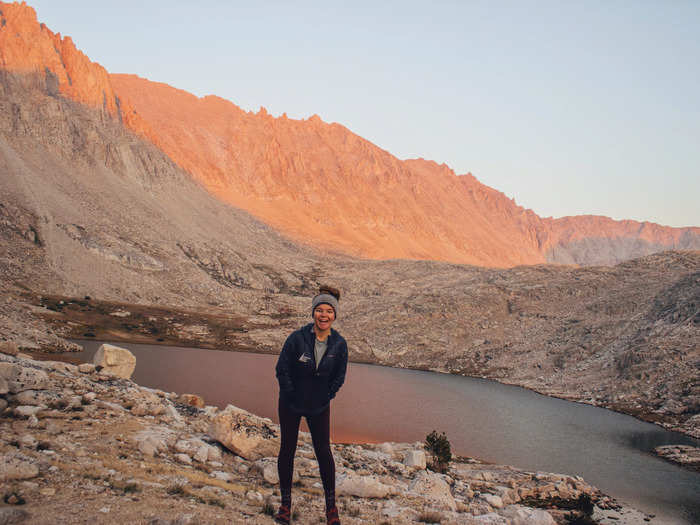
The National Park Service sells America the Beautiful National Parks and Federal Recreational Lands Passes. For $80 a year, the pass grants access to over 2,000 federal recreation sites.
If you plan on visiting multiple national parks in the same year, this pass is a steal. But it's probably not a worthwhile investment for those who only visit one park each year.
Since a lot of the parks are in close proximity (or, at the very least, within driving distance of each other), consider adding another visit to your road trip.
You can purchase the pass online ahead of your visit or in person at some of the parks.
Arriving in the middle of a summer Saturday is a major mistake, as many of the parks will be flooded with tourists.
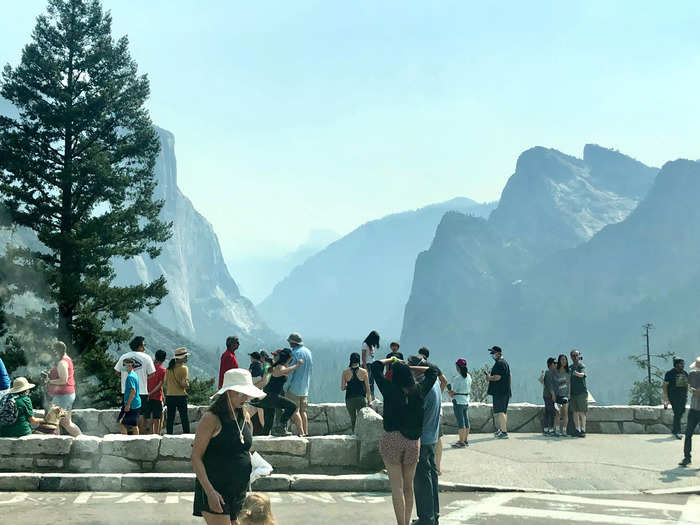
National parks usually get busy on weekends. I've waited in lines for over two hours to enter some of the most popular ones on a Saturday or Sunday.
If you plan on arriving midday on a weekend, especially on a Saturday, use the bathroom ahead of time and pack extra snacks since you'll probably have to wait a long time to get into the park. And know that once you eventually enter, crowds can make it feel impossible to get around.
Most national parks — like Mount Rainier, Yosemite, Yellowstone, Grand Teton, and Acadia — are busiest during the summer.
The ones in the southern desert — like Joshua Tree, Death Valley, and Big Bend — get the most visitors during the winter and spring months.
I highly recommend visiting during the shoulder season, which varies by park. Seeing these areas with fewer crowds makes the visit more relaxing and enjoyable.
First-timers often only pack for one climate instead of bringing layers.
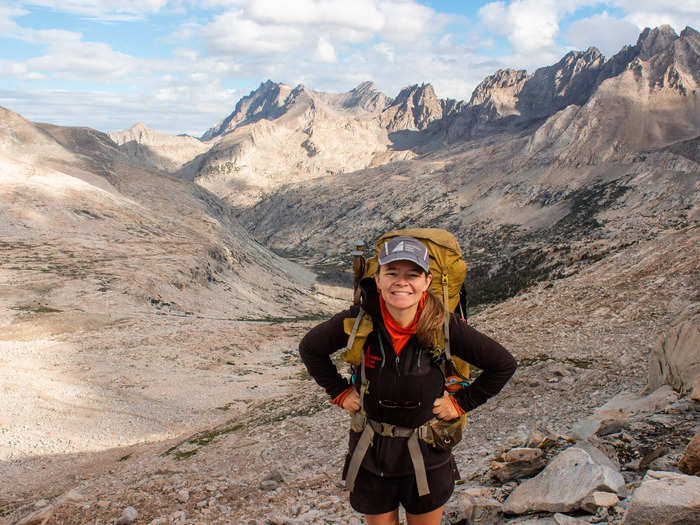
Proper clothing and layers are nonnegotiables when it comes to national-park visits, regardless of the season. It might be hot and sunny in one part of the park, but the temperature can drop 30 degrees Fahrenheit as you drive up a mountain pass. The winds can also pick up.
Make sure you also wear comfortable footwear and break in your shoes ahead of time to avoid blisters.
Another crucial aspect of a successful trip is an awareness of the forecast. Look up the weather patterns ahead of your departure so you have a solid understanding of the terrain and conditions.
If you'll be hiking in the snow, you should have waterproof boots. If you're going to be crossing streams, water shoes or sandals with backs will make your trip more comfortable.
Some tourists assume they can bring their pets inside the park, which usually isn't the case.
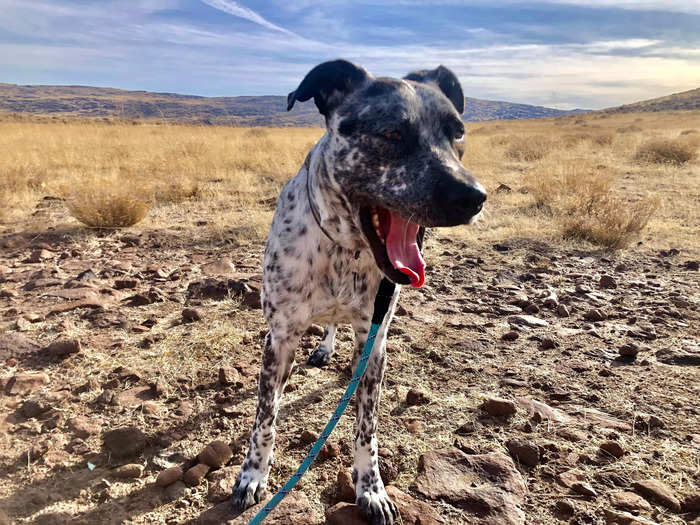
Unfortunately, pets are only allowed in developed areas in all national parks. You can walk your pet in main parking lots and on paved walkways, but you can't bring them on trails.
This rule is for the protection of the local ecosystem and wildlife, and it's also out of respect for other visitors. The only exception to the pet rule is service animals, which are often permitted to stay with their owners.
Though pets are not allowed in national parks, you can bring them on trails in most national forests.
Inexperienced hikers who don't store their food properly can put themselves in dangerous situations.
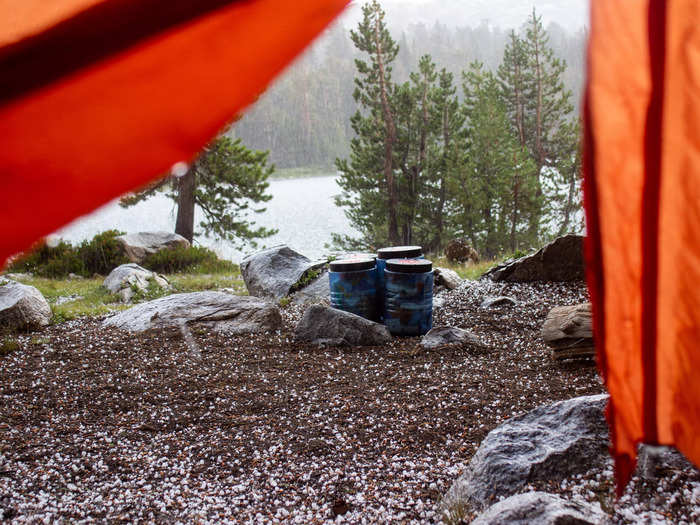
There are so many animals in national parks — from large animals, like bears and moose, to small critters, like squirrels and chipmunks. And they're always on the hunt for food.
Parks located in bear country — like Yosemite, Kings Canyon, Sequoia, North Cascades, Yellowstone, Glacier, Grand Teton, and all parks in Alaska — require proper food storage by law.
In some places, visitors aren't allowed to store any food in their cars after dark. If a ranger sees it, they can issue citations. After all, bears have opened car doors and broken windows in search of food in the past.
To avoid this situation, people should store their food in bear boxes, which are located in many parking lots.
If you're in the backcountry, some parks require hikers to carry bear canisters, which the animals can't open, or Ursacks, specialized bags that cinch at the top, to protect their food from bears. Campers tie these tools around a tree away from their tents so animals, both large and small, stay away.
People get excited to see wildlife and wander far too close to the animals.
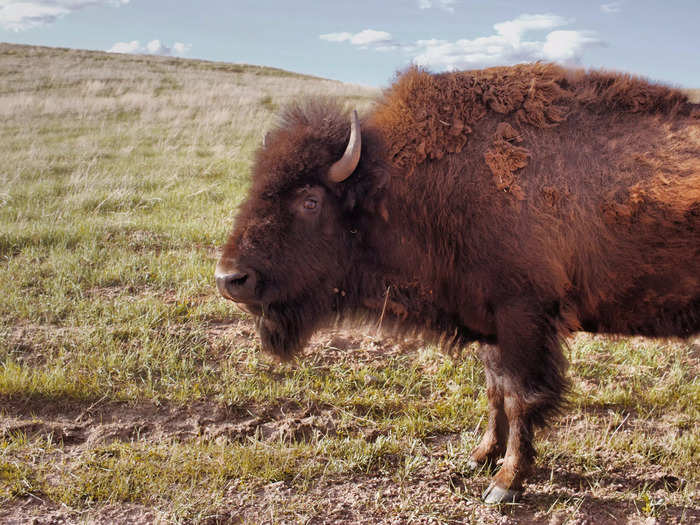
We all want a beautiful picture of a bison, moose, or bear, and visiting national parks is an amazing opportunity to see these animals in their natural habitats.
Most of them mind their own business while eating, running, and caring for their young. But when humans get too close and try to interact with them, it puts both the human and the animal at risk of injury or worse.
Give large animals at least 200 or 300 feet, and if you see smaller animals, make sure there are several feet of separation between you and them. And never feed or approach any wildlife.
Not all national parks have gas stations, so road trippers should fill their tanks before entry.
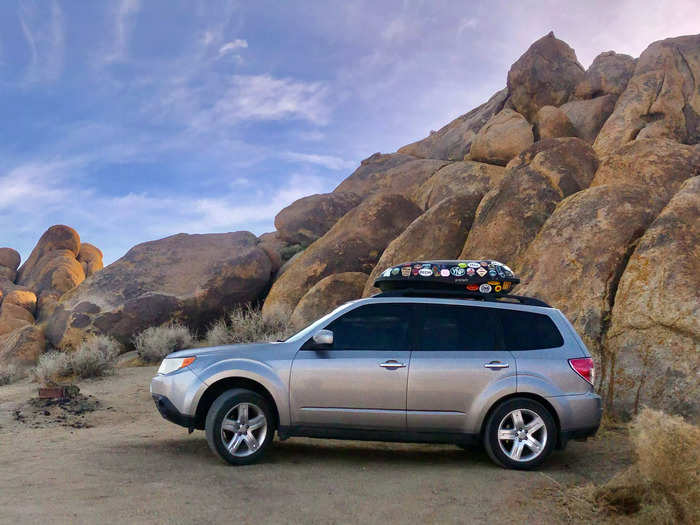
Some of the bigger parks have gas stations, but I wouldn't count on it.
Always fill your gas tank before entering a park. You don't want to run out of fuel in the middle of nowhere or backtrack because your tank is almost empty.
Also, I've found that it's way cheaper to fill up on gas outside of a park.
It's tempting to pack your schedule, but many people overdo it and burn themselves out.
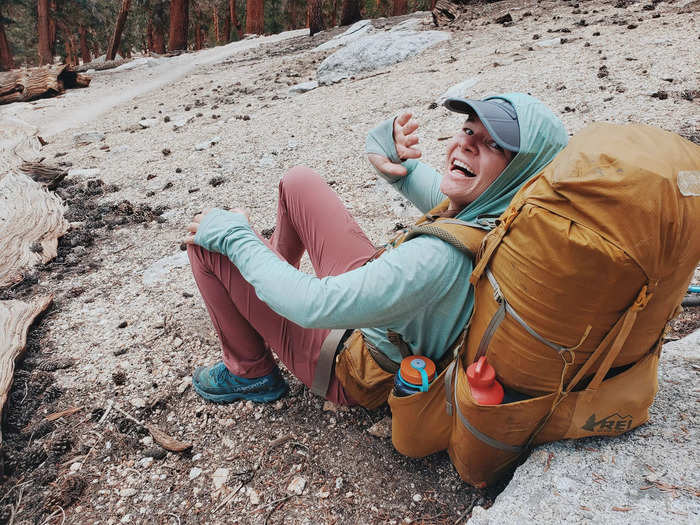
Some national parks — like Yosemite, Yellowstone, Zion, Canyonlands, and Olympic — are massive and take weeks to explore. You can drive through others — like Wind Cave, Badlands, Crater Lake, Death Valley, and Pinnacles — in a day or two.
While it's nice to see as much as possible during your trip, I recommend not cramming in too many activities. It's exhausting, and some larger parks require a lot of driving time. Stick to one region of the park each day to avoid spending more time in your car than in nature.
Also, do your best to choose hikes that align with your experience and time constraints. If you have doubts about a hike's difficulty level, stop at a visitor center to chat with a ranger about which trails are a good fit for you.
Popular Right Now
Popular Keywords
Advertisement